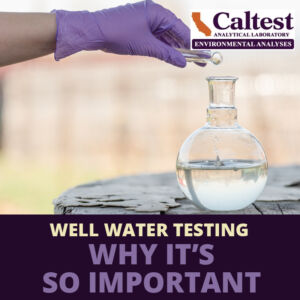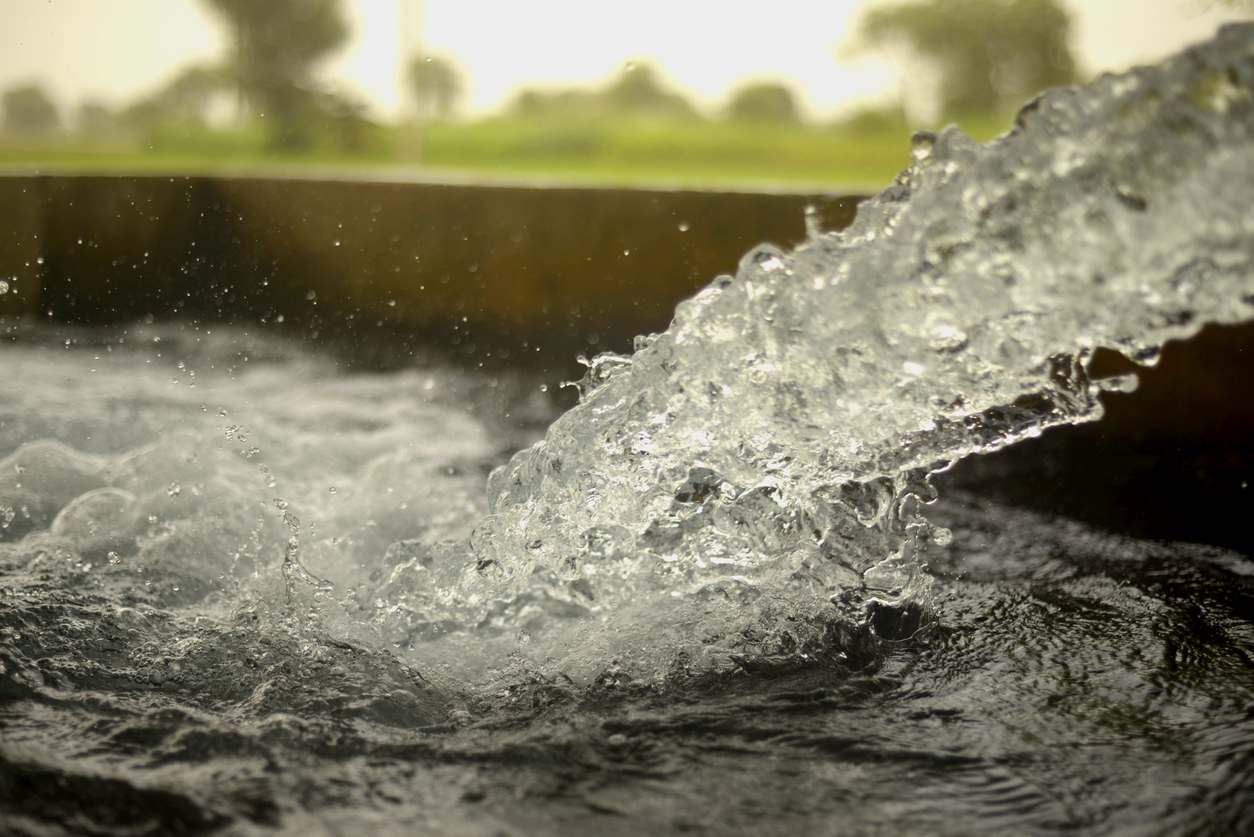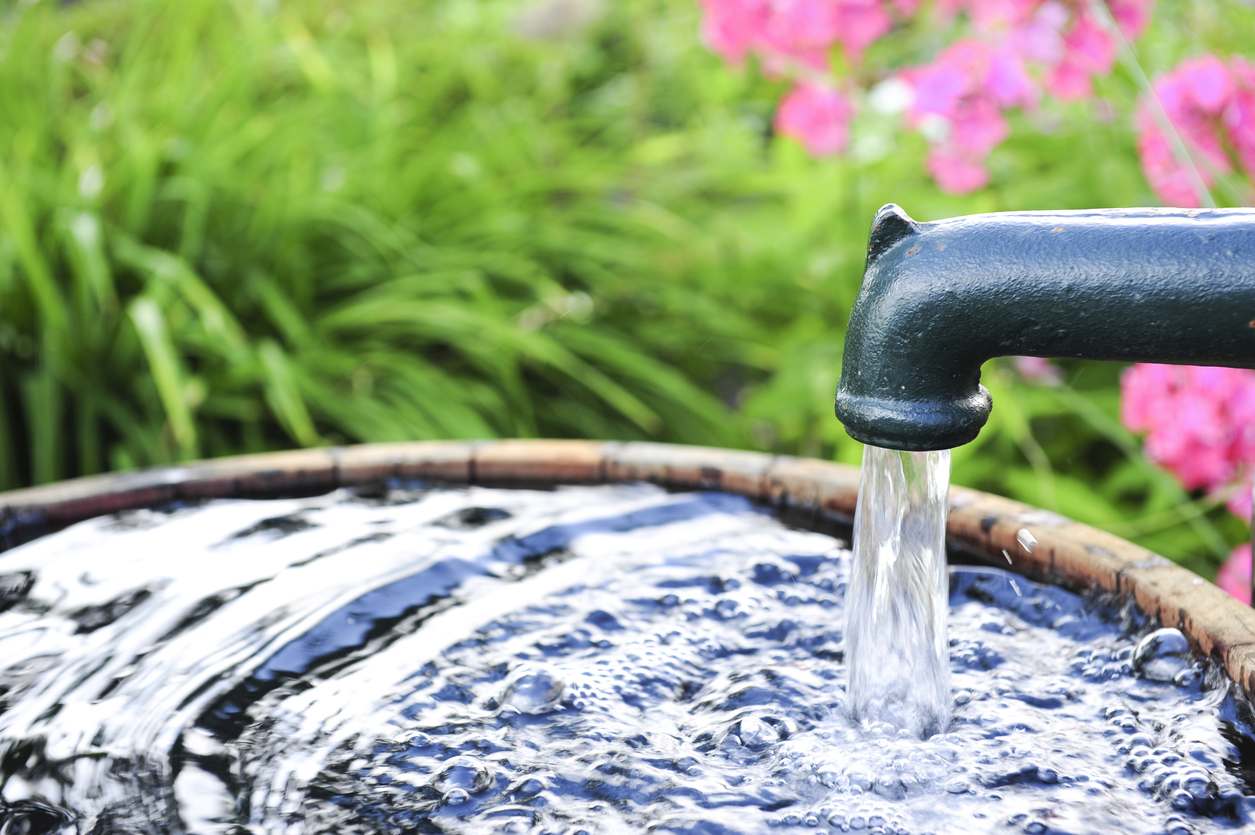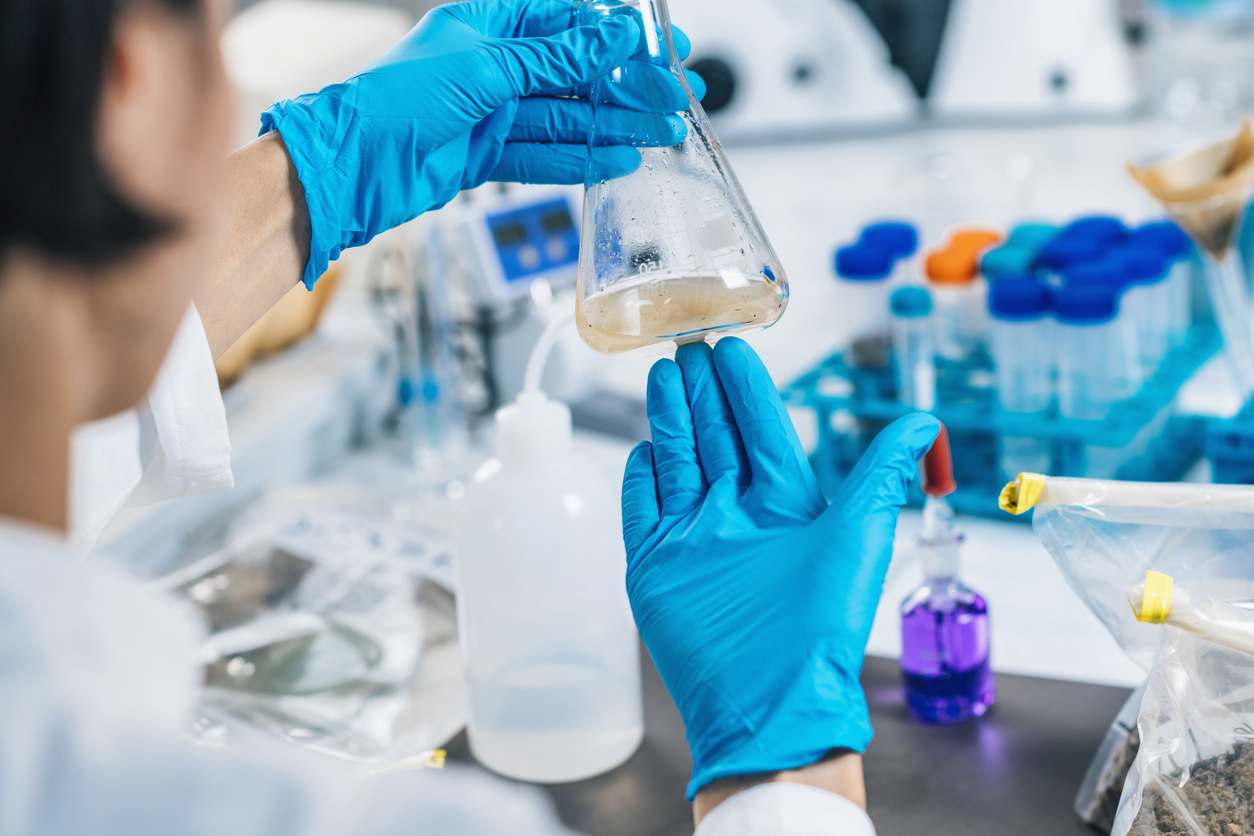 The United States is among the countries with safe and reliable drinking water systems. Millions of Americans receive their tap water from a public community system. As tap water is consumed in the country, drinking water testing and analysis is imperative.
The United States is among the countries with safe and reliable drinking water systems. Millions of Americans receive their tap water from a public community system. As tap water is consumed in the country, drinking water testing and analysis is imperative.
Contamination in regulated public drinking water
Public drinking water is regulated by the Environmental Protection Agency (EPA) in the United States. But despite the regulations, contamination can still occur at times. Harmful chemicals, germs, and bacteria can get in your drinking water at the source or in distribution systems after the water has been treated. Here are the possible sources of contamination in your drinking water:
- Sewage releases
- Naturally occurring minerals and chemicals (such as uranium, arsenic, and radon)
- Manufacturing operations
- Local land use practices (including the application of fertilizers and pesticides, livestock, or concentrated feeding operations such as large industrial animal farms)
- Problems or malfunctions in the water distribution system (such as cracks in the water pipes)
- Stormwater
- Wildlife
Once the public water officials confirm an issue with the water supply (usually water contamination), an advisory will be issued to warn the public that tap water could be contaminated and cause illness. A drinking water advisory may be any of the following warnings:
- “Boil Water” advisory
- “Do Not Drink” advisory
- “Do Not Use” advisory
These advisories may also tell the public how to take immediate action if necessary.
Testing of regulated drinking water

The Safe Drinking Water Act (SDWA), a federal law, was established to protect the quality of our drinking water. It was passed by the Congress in 1974 and amended in 1986 and 1996.
According to the act, the EPA has established drinking water standards for quality and oversees all states, localities, and water suppliers that enforce those standards.
According to the EPA, it has established protective drinking water standards for over 90 contaminants. These standards include drinking water regulations that have been issued since the SDWA’s second amendment in 1996 to strengthen protection for public health.
The 90-plus contaminants include germs and bacteria like E. coli and Salmonella, metals such as lead, and disinfection by-products.
Over 92% of the population supplied by the community water systems gets drinking water that meets all standards all the time (regardless of the condition of the water source).
How does California establish standards for safe drinking water?

Tap water in California is considered generally safe for drinking as it meets health and safety standards. However, the water may sometimes be contaminated with bacteria and chemicals.
The State Water Resources Control Board’s Division of Drinking Water, also known as the Water Board, regulates the water system that provides drinking water across California. The Water Board is also responsible for establishing drinking water standards for contaminants that may threaten the state’s water supply.
Establishing California’s drinking water standard for a specific contaminant consists of a two-phase process:
Phase 1:
California’s Office of Environmental Health Hazard Assessment (OEHHA) should determine a Public Health Goal (PHG) based on the current scientific understanding of a particular contaminant’s health effects.
The “Public Health Goal” or “PHG” refers to the concentrations of contaminants in drinking water that pose no significant health risks if consumed for a lifetime.
As you might expect, the process is quite involved and rigorous. The OEHHA begins the process by compiling contemporary scientific studies, evaluating the contaminant’s health risks, and working out a draft PHG based on that information.
Both the evaluation and the draft PHG undergo a peer review conducted by a panel of scientific experts. The OEHHA revises the assessment, and the draft based on that peer review, then releases them for public comment. The comments usually come from several parties, including the drinking water providers and industry, public health groups, and environmental organizations. The OEHHA may revise the evaluation and draft PHG based on these comments.
Any outside party with concerns regarding OEHHA’s scientific evaluation can request a second peer review of the draft PHG. The outside party should also shoulder costs for that review.
Once all the public comments and the second peer review (if applicable) are considered and all the appropriate revisions are made, the OEHHA finalizes the PHG.
Phase 2:
After the OEHHA establishes the PHG for a contaminant, the Water Board must create a set of legally enforceable drinking standards. These standards, known as “Maximum Contaminant Levels” or MCLs, should be met by public water systems. The MCLs represent the contaminants in drinking water that these public water systems should not exceed.
There are two types of MCLs:
- Primary MCLs – Contaminants that represent a health risk
- Secondary MCLs – Contaminants that affect the water’s appearance, such as taste or color.
State law under Health and Safety Code, Section 116365(a) requires California’s MCLs to be established as close to the PHG as possible. However, it also requires that they be based on existing economic and technical factors, including monitoring and treatment expenses, the ability to detect contaminants in drinking water, and the treatment technologies’ effectiveness.
Once the Water Board completes a draft MCL, the Board submits it to the Department of Finance and Office of Administrative Law for review. After being reviewed, the draft is then released to public comment. Once all the comments are considered, the regulation is finalized, becoming enforceable. Once the MCLs are established, public drinking water providers are legally required to monitor the water for the contaminant and ensure that the levels do not exceed the MCLs.
Testing of private wells for contamination

The EPA estimates that over 23 million households in the US depend on private wells for their drinking water.
Water from private wells is not covered and regulated by the EPA, so owners of these wells should be responsible for testing their water to ensure it is safe to drink. Despite not regulating water from private wells or providing the recommended criteria for such wells, the EPA provides information about the importance of testing private water wells and expert guidance on technologies that may be applied to treat water or remove contaminants.
All private wells use groundwater. If contaminated water is consumed, it could make one sick. Any of the following factors can cause groundwater pollution:
- Seepage through landfills
- Failure or malfunction of septic systems
- Underground fuel tanks
- Runoff from urban areas
- Local land use practices (including the application of fertilizers and pesticides, livestock, or concentrated feeding operations such as large industrial animal farms)
If you’re getting water from a private well, test it at least once a year to confirm it is clean and that there isn’t a presence of germs and bacteria (such as coliform) that can become a local concern. You should also ensure the well has no structural or mechanical faults. Private well owners are encouraged to contact their local public health agency for guidance or have the water tested for contaminants by a certified environmental testing and analysis company, such as Caltest.
